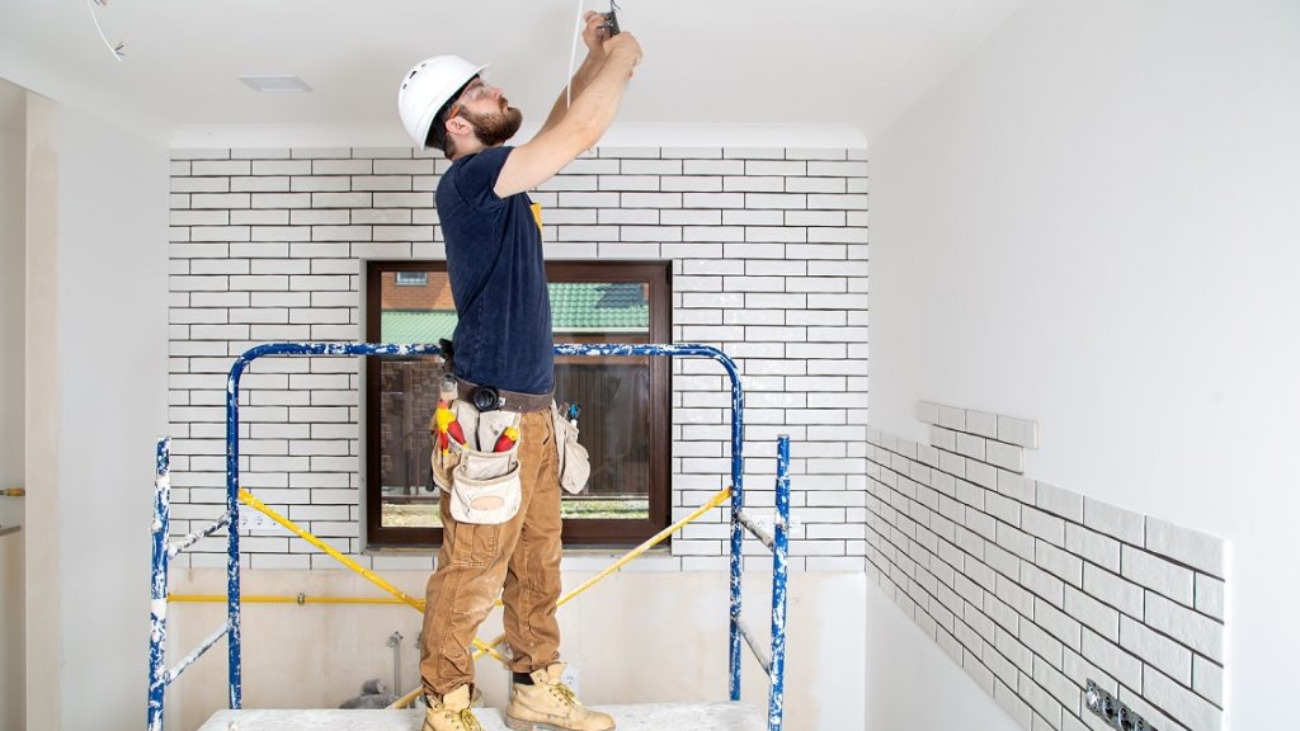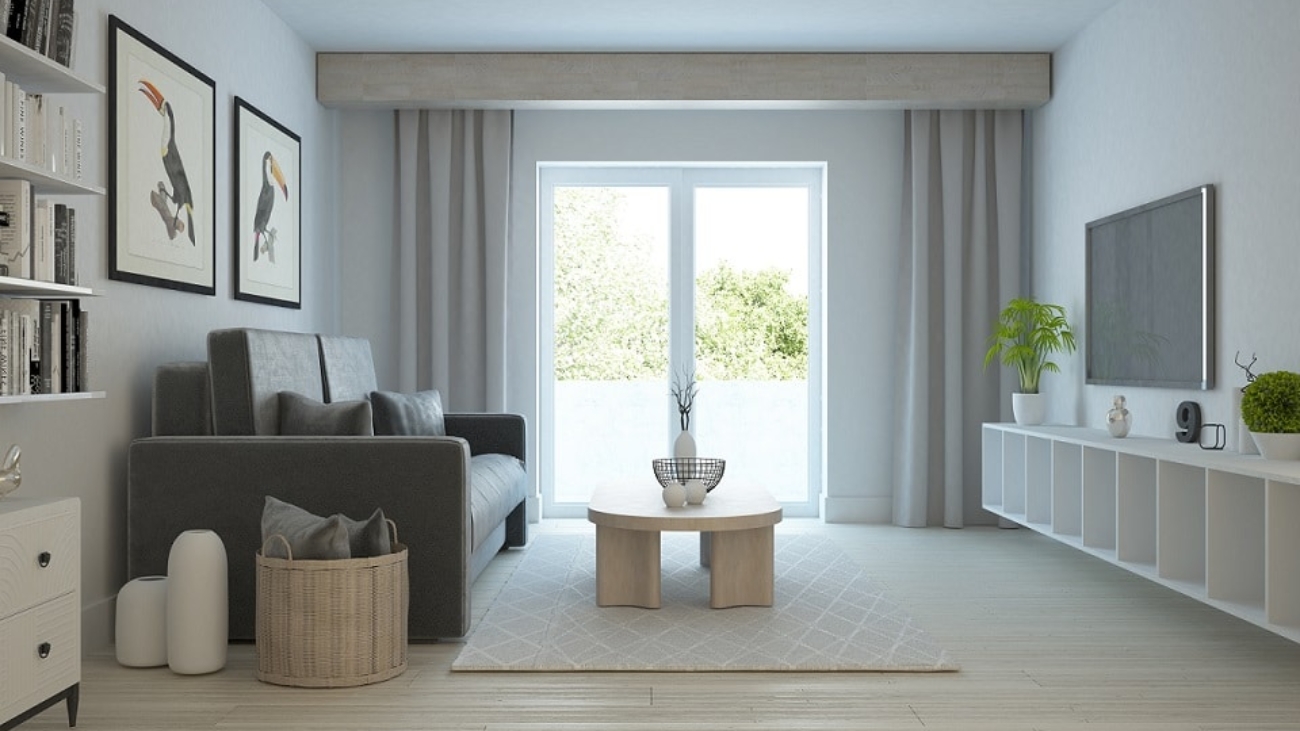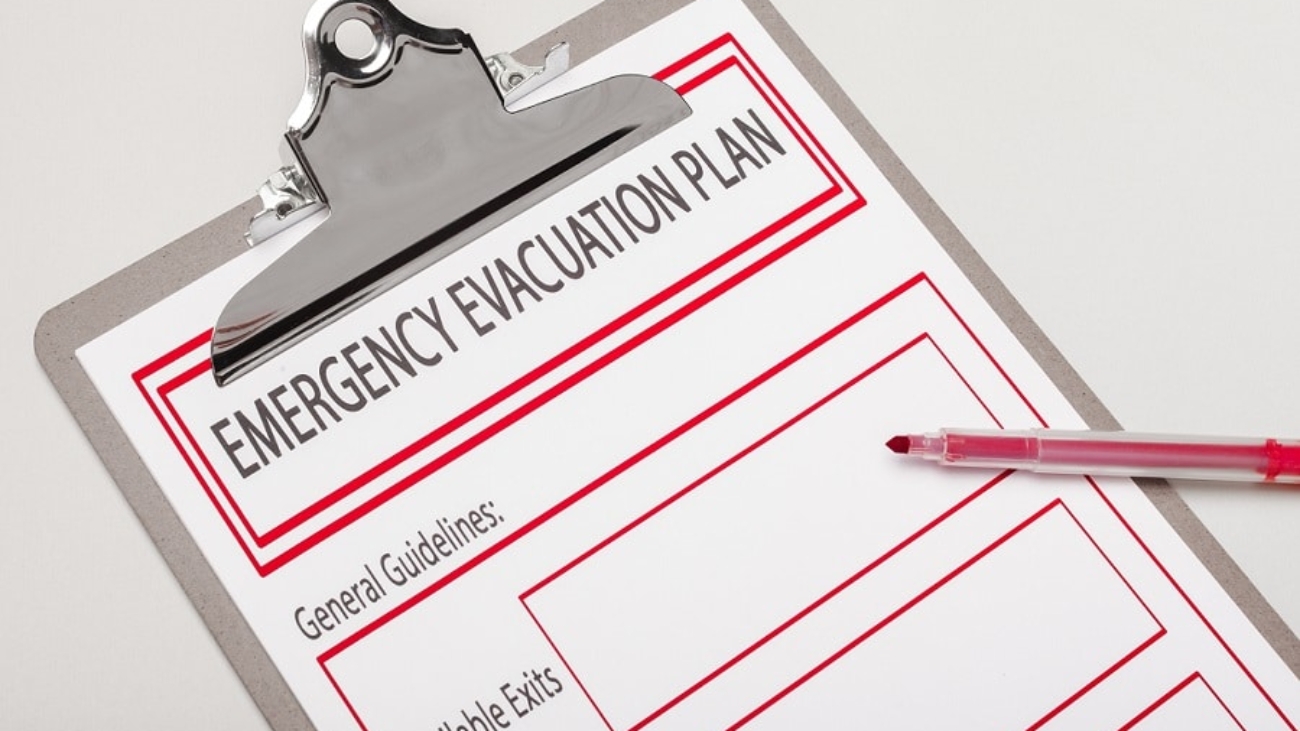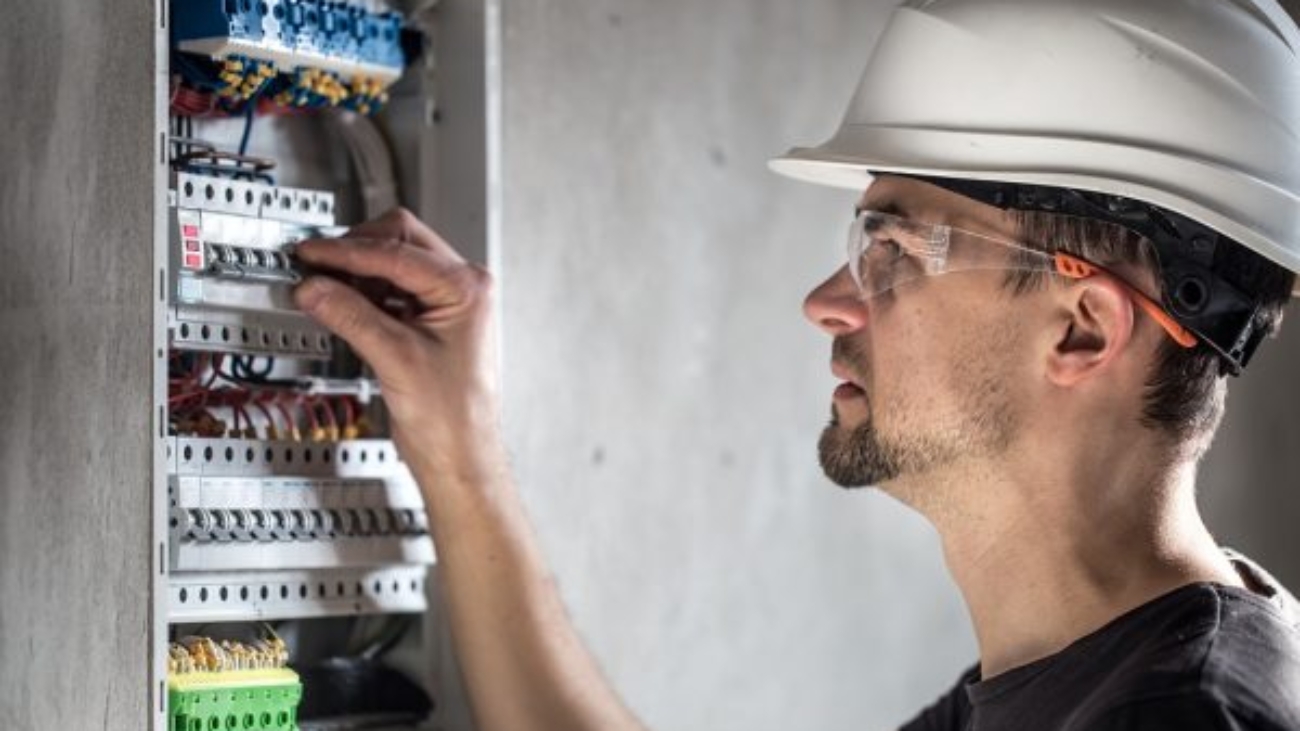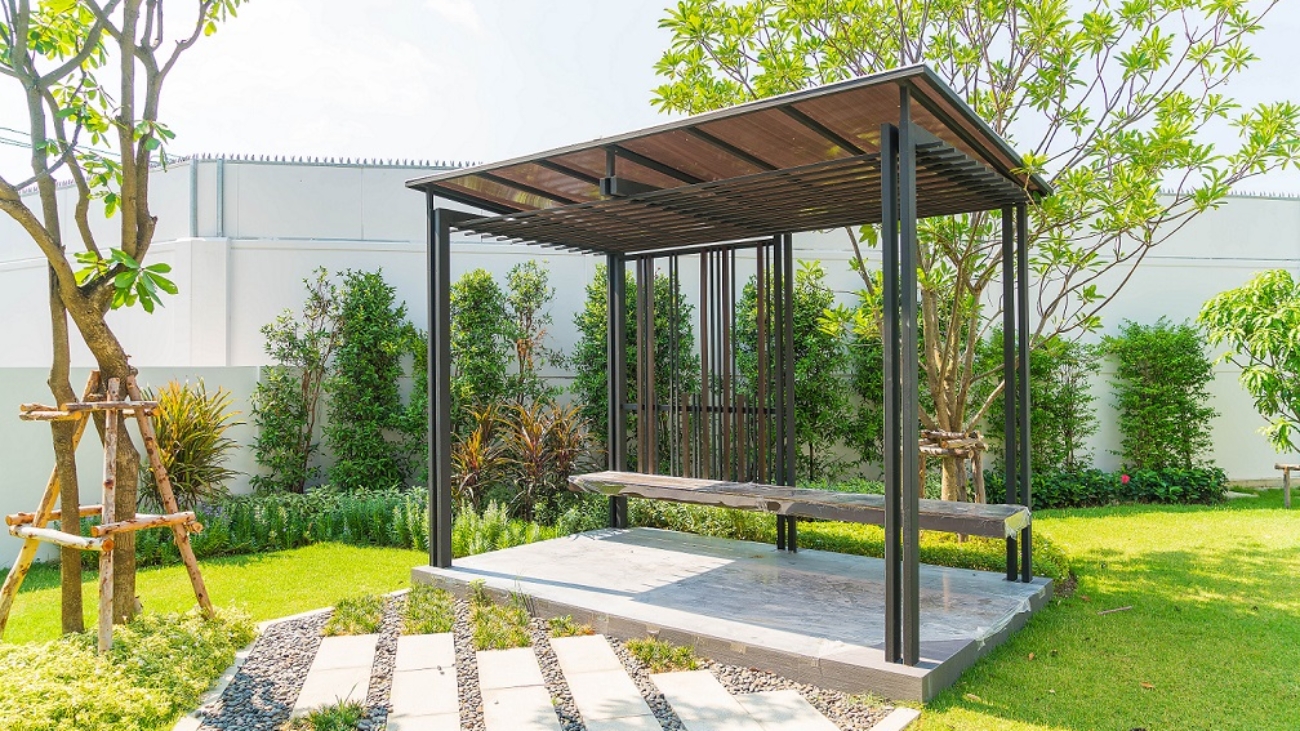
Whether you are building or undertaking a major renovation, check current legislation in your region to ensure that the work provided is under warranty. Most states require builders to be fully registered and this includes offering warranty insurance.
This is geared towards protecting both parties, but particularly the owner in the event of substandard workmanship. Not only does unacceptable work translate to an initial waste of your time and money, but the quality (or lack thereof) of the work conducted may also contribute to devaluing your home in the long term — especially if the work is not remedied when it comes time to sell.
Once the legalities have been streamlined by a qualified conveyer and your contractor and design plans are firmly in place, the next step is to devise a mutually agreeable (and contractually stipulated) timeline. Of course, leeway for small timing blowouts is often perfectly natural and usually accountable, so long as they don’t affect your bottom line.
Making dollars and sense
While on the subject of finance, make sure that your renovation is taking shape in line with your growing savings account. Renovations invariably attract extra expenses, so if budgets are tight, putting aside a regular weekly amount, however meagre, will be a welcome relief upon project completion.

Material savings
Once your project has been carefully planned, the purchase of building materials is another area where it pays to check the marketplace. The classifieds sections of newspapers or online marketplaces can also be invaluable for picking up low-cost recycled materials, such as timbers from various origins, which only add to your home’s appeal and unique qualities. Meanwhile, the rise of supermarket-style hardware outlets may provide affordable alternatives to the corner hardware store, but also balance whether price or quality finish is your major motive.
Sales benefits of agent selection
When the time comes to sell, agent selection can be the difference between a good and a great sale.
As most real estate agents attest, prospective vendors should “interview” agents before choosing which one best suits them. Again, only by asking questions, attending auctions and viewing different personalities in action can sellers gauge who is best to handle the emotional process of selling one’s home. And remember that reputation, rather than cost, should also play its role.
Invest the time, apply these basic rules and, more often than not, you’ll be the winner.
Doing your research pays dividends at renovation and sale time.

